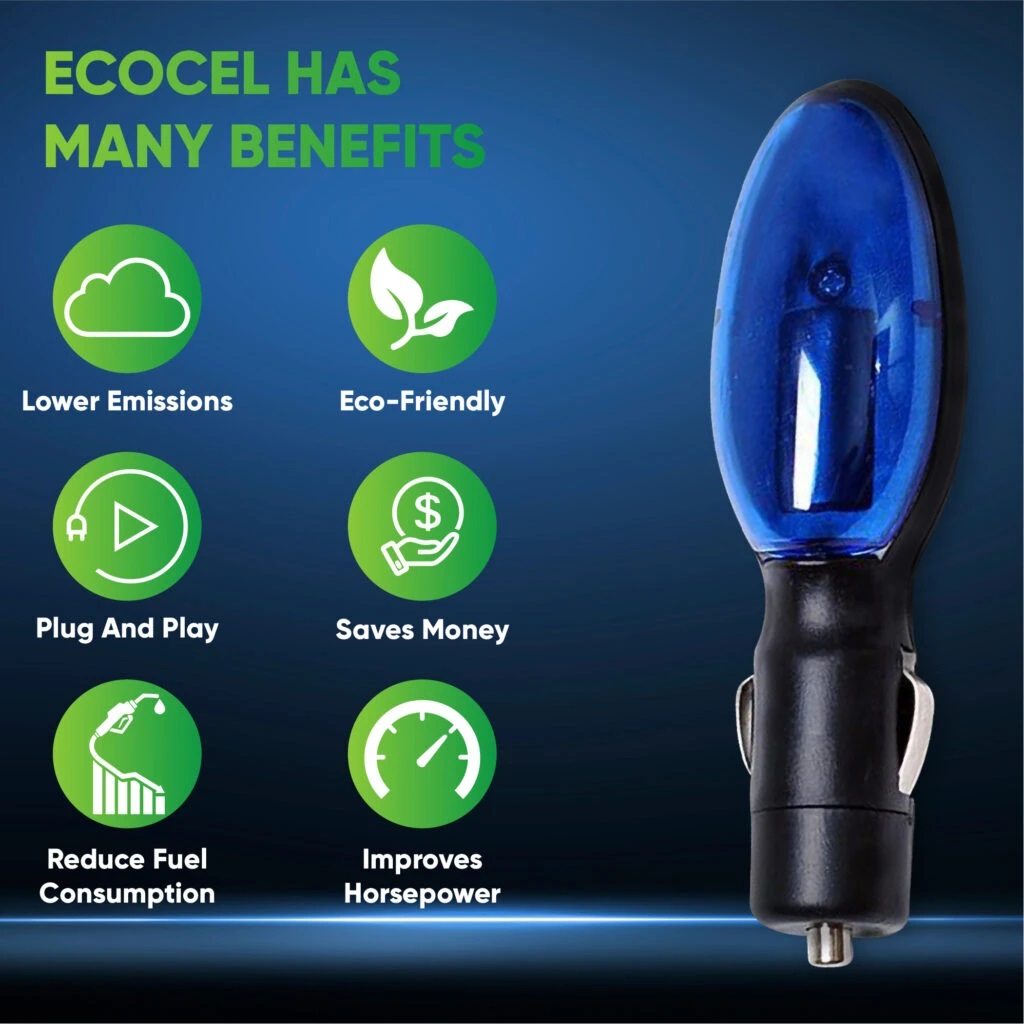Metal cutting tools have evolved significantly over the years, and two heavyweights in the industry are torch and plasma cutters. Understanding the nuances between these two can be pivotal for anyone in metalworking. Let’s delve into the intricacies of the torch vs plasma cutter debate.
1. The Genesis of Metal Cutting Tools
1.1 Evolution of Torch Cutters
Metal cutting with torches dates back decades, with oxy-fuel torches being the pioneers. These devices utilize a combination of oxygen and fuel gas, offering precision in cutting through various metals.
1.2 Emergence of Plasma Cutters
Plasma cutters, on the other hand, are relatively newer entrants, harnessing the power of ionized gas to cut through metals with heightened accuracy. The advent of plasma technology marked a revolutionary shift in the metal-cutting landscape.
2. Mechanism Unveiled: How Do They Work?
2.1 Torch Cutters Mechanism
Torch cutters work by igniting a fuel gas (commonly acetylene) with oxygen, creating a high-temperature flame. This flame is then directed at the metal, causing it to melt. The molten metal is blown away, leaving a clean cut.
2.2 Plasma Cutters Mechanism
Plasma cutters, on the other hand, use a high-velocity jet of ionized gas to melt and remove metal. The plasma arc, formed between an electrode in the torch and the metal being cut, is highly precise and efficient.
3. Precision Showdown: Torch vs Plasma
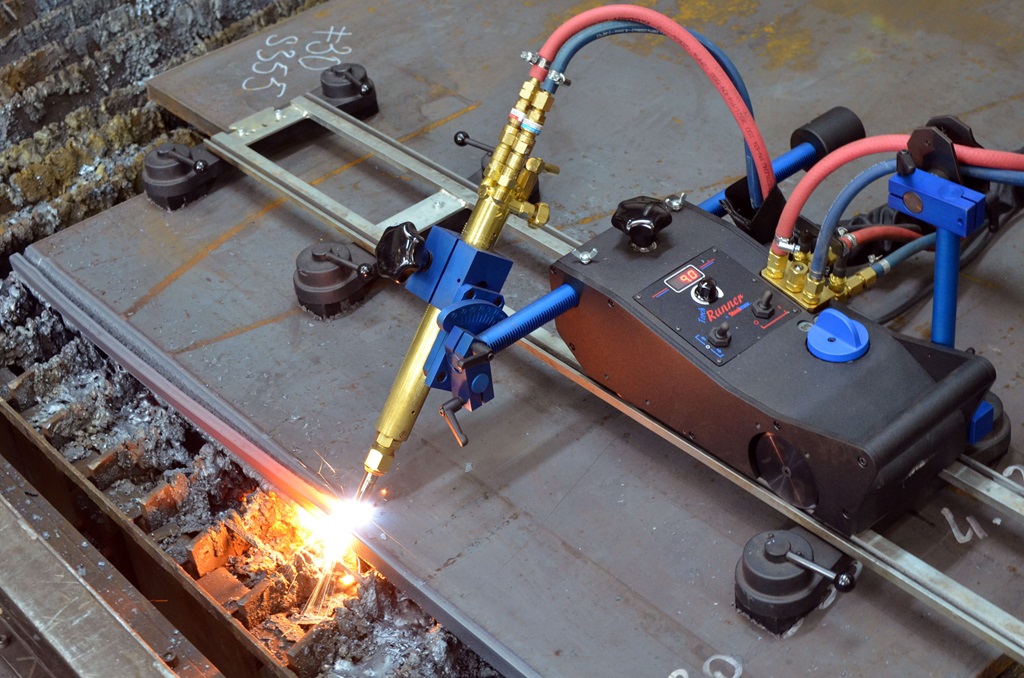
3.1 Torch Cutter Precision
While torch cutters are adept at cutting through thick metals, achieving intricate designs may be challenging. The heat-affected zone is relatively larger, affecting the overall precision.
3.2 Plasma Cutter Precision
Plasma cutters excel in precision, especially when dealing with intricate patterns. The narrow kerf width and reduced heat-affected zone make them ideal for detailed metalwork.
4. Versatility: Adapting to Diverse Metal Types
4.1 Torch Cutter Versatility
Torch cutters exhibit versatility in cutting various metals, but their efficiency may vary. They are often preferred for thicker materials due to their robust cutting capabilities.
4.2 Plasma Cutter Versatility
Plasma cutters showcase versatility across a broad spectrum of metals. From thin sheets to thicker plates, plasma cutters maintain a consistent level of efficiency.
5. The Efficiency Quotient: Speed and Productivity
5.1 Torch Cutter Efficiency
Torch cutters are renowned for their efficiency in cutting thick metals swiftly. However, the process might be slower compared to plasma cutters, especially in intricate cuts.
5.2 Plasma Cutter Efficiency
Plasma cutters, leveraging advanced technology, exhibit impressive speed, making them a preferred choice for projects demanding high productivity.
6. The Operational Odyssey: Ease of Use and Safety
6.1 Torch Cutter Operation
Torch cutters are relatively straightforward to operate, making them accessible for beginners. However, safety precautions, especially with combustible gases, are crucial.
6.2 Plasma Cutter Operation
Plasma cutters require a learning curve, but once mastered, they offer a smoother operation. The absence of an open flame reduces the risks associated with torch cutters.
7. Cost Considerations: Breaking Down the Numbers
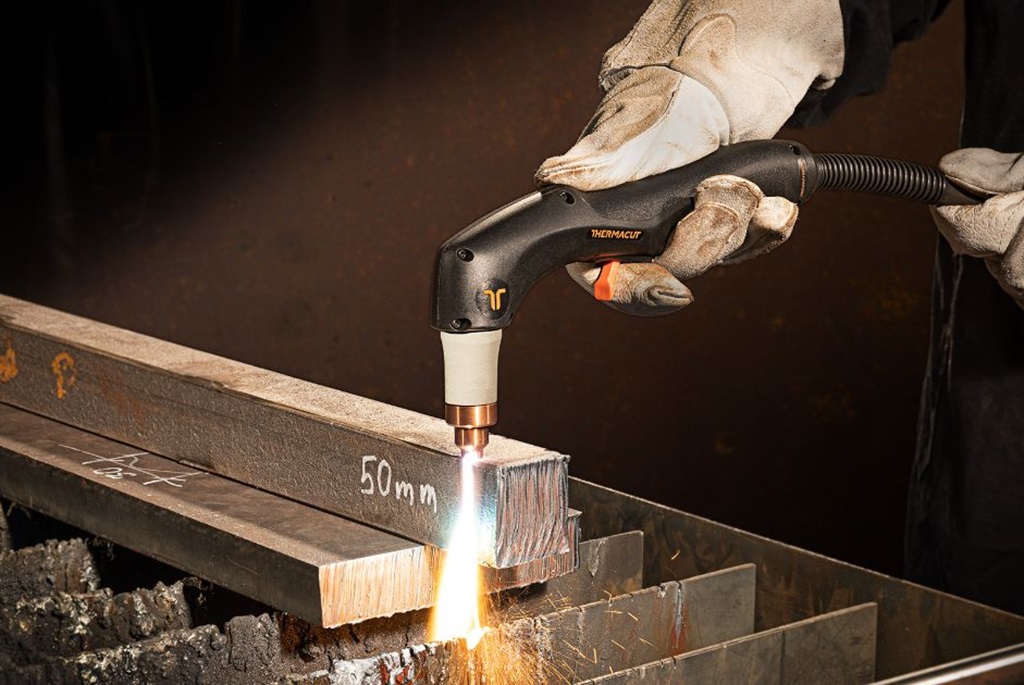
7.1 Torch Cutter Costs
Torch cutters are generally more affordable upfront, but operational costs may escalate due to the consumption of fuel gases.
7.2 Plasma Cutter Costs
Plasma cutters might have a higher initial investment, but their costs efficiency often results in lower operational costs, making them cost-effective in the long run.
8. Environmental Impact: Going Green in Metal Cutting
8.1 Torch Cutter Impact
Torch cutters emit carbon dioxide and other gases, contributing to environmental concerns. Adequate ventilation is crucial to mitigate the impact.
8.2 Plasma Cutter Impact
Plasma cutters, operating with inert gases like nitrogen, have a relatively lower environmental footprint, aligning with eco-friendly practices.
9. Decision Dilemma: Choosing the Right Tool for Your Project
9.1 Project-Specific Considerations
Assessing the nature of your project, whether it’s large-scale construction or intricate metal art, plays a pivotal role in choosing between torch and plasma cutters.
9.2 Balancing Precision and Speed
Finding the right balance between precision and speed is essential. Torch cutters may excel in speed, but plasma cutters offer unparalleled precision.
10. Maintenance Matters: Prolonging Tool Lifespan
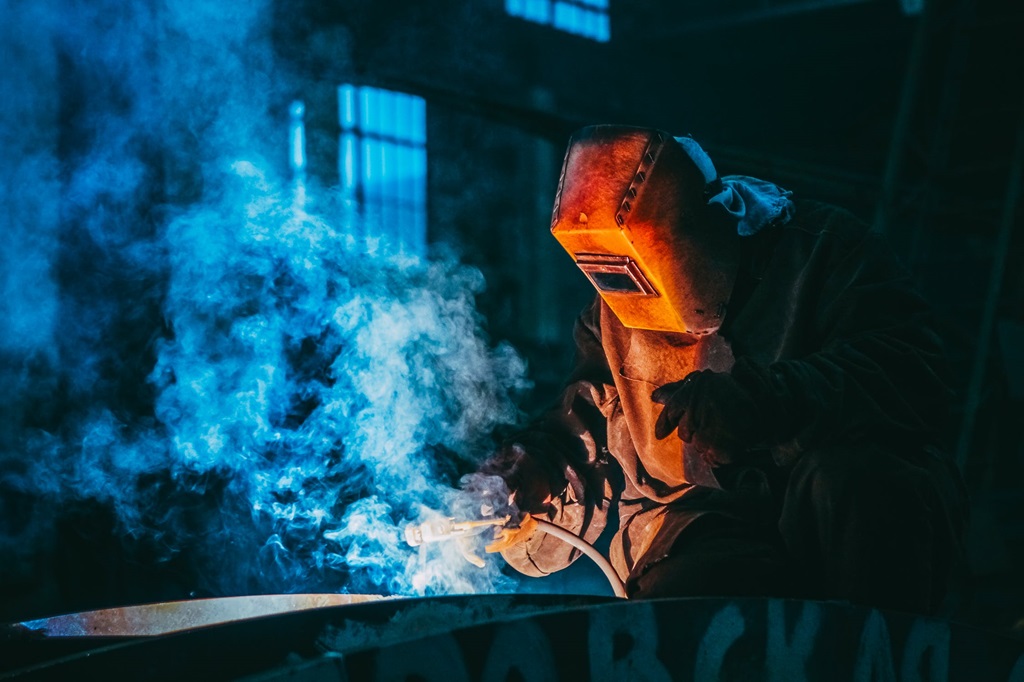
10.1 Torch Cutter Maintenance
Regular checks and maintenance are crucial for torch cutters, especially in ensuring the proper functioning of fuel gas systems.
10.2 Plasma Cutter Maintenance
Plasma cutters, with fewer mechanical components, often require less maintenance. Regular inspections and consumable replacements are key to a prolonged lifespan.
11. Technological Trends: What’s on the Horizon?
11.1 Torch Cutter Innovations
Technological advancements continue to enhance torch cutter capabilities, focusing on improving precision and reducing environmental impact.
11.2 Plasma Cutter Innovations
Plasma cutters are witnessing innovations in power sources and control systems, aiming to further streamline the metal-cutting process.
12. User Reviews: Insights from the Ground
12.1 Torch Cutter User Reviews
Exploring user experiences with torch cutters unveils real-world insights into their performance, durability, and user-friendliness.
12.2 Plasma Cutter User Reviews
User reviews for plasma cutters shed light on their efficiency, ease of use, and how well they adapt to various metalworking projects.
13. Making the Decision: Torch or Plasma?
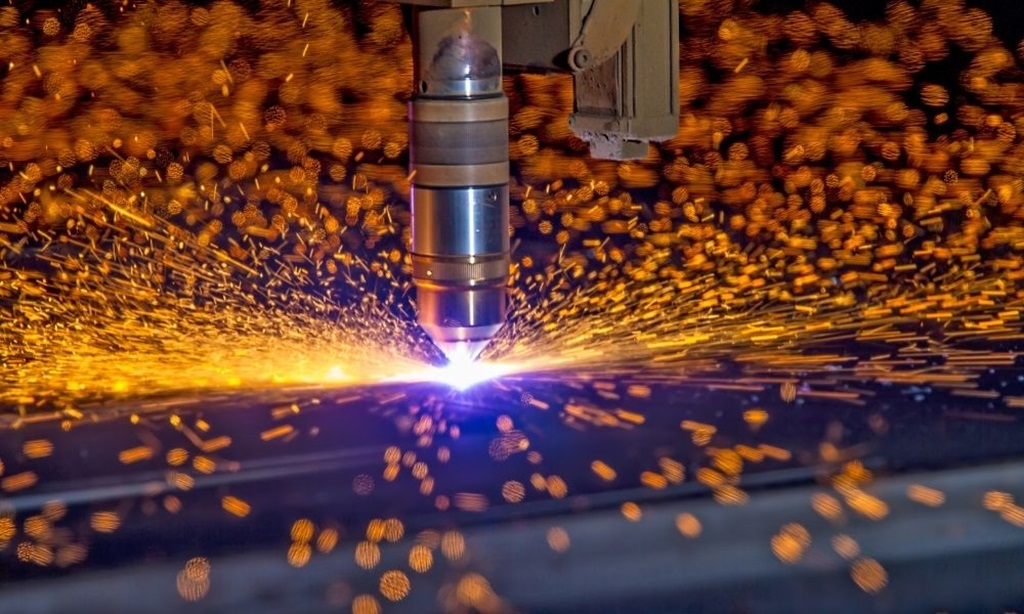
13.1 Decision-Making Factors
Considering factors like project requirements, budget, and user expertise is crucial in making an informed decision.
13.2 Future-Proofing Your Investment
Opting for a tool that aligns with both current and potential future projects ensures a wise and future-proof investment.
Conclusion: Forging Ahead in Metal Cutting Mastery
Metal cutting tools have come a long way, and the torch vs plasma cutter debate showcases the diverse options available. Whether you lean towards the traditional reliability of torch cutters or embrace the technological finesse of plasma cutters, the key lies in understanding your unique needs.
FAQs: Unlocking the Answers to Common Queries about Torch vs Plasma Cutter
Q1: Are plasma cutters suitable for precision metal art?
Yes, plasma cutters are highly suitable for precision metal art due to their narrow kerf width and enhanced precision.
Q2: Can torch cutters handle thick metal plates efficiently?
Torch cutters excel in cutting through thick metal plates efficiently, making them a preferred choice for heavy-duty projects.
Q3: Are plasma cutters challenging for beginners to operate?
While plasma cutters have a learning curve, they become more user-friendly with practice, making them accessible even for beginners.
Q4: What safety precautions are essential when using torch cutters?
When using torch cutters, essential safety precautions include proper ventilation, protective gear, and adherence to guidelines for handling combustible gases.
Q5: How often should maintenance be performed on plasma cutters?
Regular maintenance for plasma cutters involves periodic checks and consumable replacements, ensuring optimal performance and longevity.


